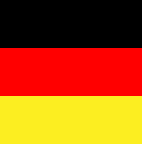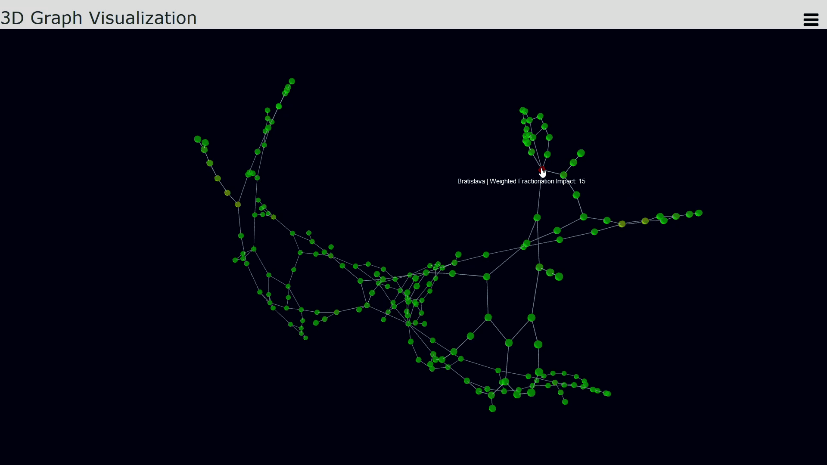
Regular posts on all things around automated network & service management

Research & Vision
Quantum Communication – AIOps – 5G & 6G
Wrapping up our research activities 2021 and looking forward to yet another great research year at Infosim®
January 3th 2022, Würzburg
Infosim® Group Research – going beyond “just” StableNet®
Before going into the details of our recent and upcoming activities, I first want to give a quick overview on the general Research structure for the Infosim® Group. This structure, as depicted in Figure 1, spans wider than just on the activities related to Automated Network and Service Management with StableNet. It also contains activities of the daughter company anaptis working in the ERP/MS Dynamics 365 BC space as a Microsoft Partner, as well as activities looking into new potential business areas, e.g. in the circular economy space with our inhouse startup praqtics.

The wide range of activities looking at various topics and the joined funded projects with many experts from industry and academia in different fields of technology give us the possibility to be very innovative and work on bleeding edge topics. Very often, the results of the research activities can be incorporated into the further development of StableNet® which in the end increases the functionality range and thus the satisfaction of our customers and their trust that with StableNet®. They are also well situated to take advantage of new technologies appearing in the next years.
Key StableNet® Research Activities 2021
Now, for the rest of this blog post we’ll focus on the StableNet® related research projects and first look a bit more in detail what were the main activities we had in 2021. Among others, we put a large emphasis on all sorts of AIOps/Machine Learning related topics, investigating how such approaches can further increase the strength of Automated Network and Service Management. These activities were, among others, run in the KICK and AI-NET-PROTECT project. For more details about these and other selected research projects, please also have a look at our research page. Figures 2a und 2b show examples of ongoing PoCs in that space, one on time series analysis and forecasting (using among others FBProphet in interactive Jupyter notebooks) and another on 3D based topology impact analysis.
Figure 2: Two examples for ongoing PoCs in the AIOps/Machine Learning space
In the iPRALINE project on “Interactive Problem Analysis and Solving in Complex Industrial Networks” that ended in Spring 2021, we were working on innovative algorithms to visualize networks automatically in such a way that domain experts can quickly orient themselves and analyze critical points of these networks. The outcome of the project are a.o. several concrete approaches to make topology maps in StableNet® even more comprehensive. In our 5MART project on Smart City Data Platforms, we demoed a PoC integration of LoRaWAN devices into StableNet. We discovered and monitored various sensors (e.g., measuring temperatures and air quality, monitoring opening of manholes/electric cabinet/…, monitoring parking lots) using a daemon forwarding the packets from the LoRaWAN network server to the StableNet Agent. In addition, we showed a more holistic monitoring for a LoRaWAN network. In the screenshot in Figure 3, you can see a StableNet WeatherMap giving an overview of our LoRaWAN demo setup.
Figure 3: LoRaWAN demo setup – Weather Map with various drilldown options
StableNet® Research Outlook 2022
In 2022, we are looking forward to continuing the successful project work described above and to further intensify the cooperation with partners in the ongoing projects. More specifically, we plan to target even more demos and PoCs coming up with these activities. Stay tuned for further updates in that direction.
In addition, we will be adding several new activities that have been recently started in late 2021 or will be starting from early 2022 on.
To name just a few examples, in the 5GQMON project together with Nokia in Munich as well as the Chair of Communication Networks (LS III, Prof. Hoßfeld) from the University of Würzburg we will be working on the investigation and definition of reliable crowdsourcing methods and agent-based methods for measuring the performance of the new 5G mobile networks based on end-user experience in the context of new 5G applications such as industrial applications, smart city and the Internet of Things (IoT). One specific topic we have already started to look at is how to extend the current multimedia measurements and business scripts in StableNet® by new ones measuring e.g. Youtube quality or other Quality of Experience (QoE) metrics. In KOSINU5, a new StableNet® research project that started in October 2021, together with the University of Würzburg (Prof. Hoßfeld) and SIEMENS (Group “Industrial Communication” in Nürnberg), we aim to develop robust, deterministic, scalable industrial networks for the factory of the future. This will include performance evaluation in regards to support for various network technologies, such as time sensitive networks (TSN) and 5G.
Last but not least, we will be starting to work in one more completely new area: quantum communication and Quantum Key Distribution (QKD). The topics quantum computing, post-quantum cryptography and quantum communication including QKD are recently gaining more and more attention. One can read of many large companies starting to look into potential use cases and forming alliances to work together with like-minded people to stay ahead of the crowd. QKD is also one of the enabling technologies for 6G, going beyond 5G currently being deployed. Moreover, the governments on Bavarian, German, and European level have been opening various research calls to encourage (and financially support) both industry and academia to intensify the work in this area. From the Infosim® side, we do see several touch points to our expertise in automated network and service management and thereby potential future use cases for our StableNet® customers in managing hybrid quantum and non-quantum environments. With QuNet+ML, we will be starting a first research project in this area from January 2022 (and potentially a second one will follow later on in 2022). Those projects give us the possibility to work together with partners that are experienced and renowned in the area of QKD and quantum communication, including Fraunhofer HHI which in August 2021 was one of the enablers of the first QKD- secured phone call between two German ministries.
In Conclusion
Summing up, I hope you could glean from my description that 2021 was a very fascinating year for us and, despite of the Covid-19 pandemic going on, we could make a lot of progress in various different key areas. The year 2022 is also off to a promising start and shaping up to be equally exciting. We expect a combination of continued work and new topics with a lot of experienced partners to bring in various subject matter expertise. With all this, our main objective stays the same: providing the best automated network and service management experience possible to our valued customers and partners.
PS: If any of the topics described above or the Research work in general has piqued your attention and you are interested in cooperating with us, please do not hesitate to reach out to me (hock@infosim.net)! We are always very happy to extend our Research network with further subject matter experts and/or people bringing in additional use cases to look at!
PPS: I also want to use the occasion of this blog post to thank the Infosim® Research team for the great work they have been doing all year long. I am looking forward to the continued cooperation! If anyone, reading this post, happens to be looking for new opportunities and interested in joining the team, please do not hesitate to reach out 😉

Dr. David Hock
Director of Research @ Infosim® GmbH & Co. KG
David is coordinating the research activities at Infosim®, where he is working on several national and international research projects with a main scope being on the Future of Automated Network & Service Management. Additionally, he is also coordinating the cooperation with leading academic institutions and relevant industry partners. Prior to working at Infosim®, David was working as a research assistant and post-doctoral researcher at the University of Würzburg where he graduated with a Dr. rer. nat. degree in computer science.

Software
Made in Germany



